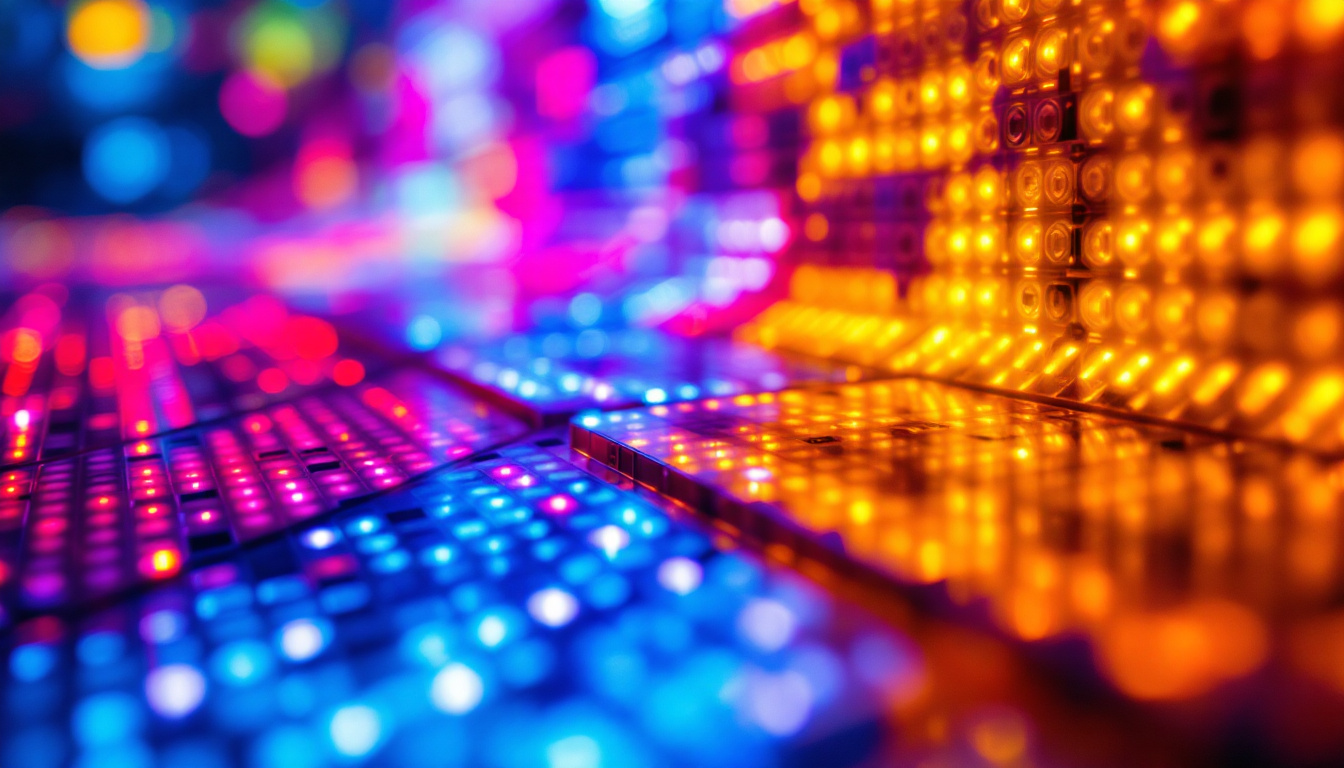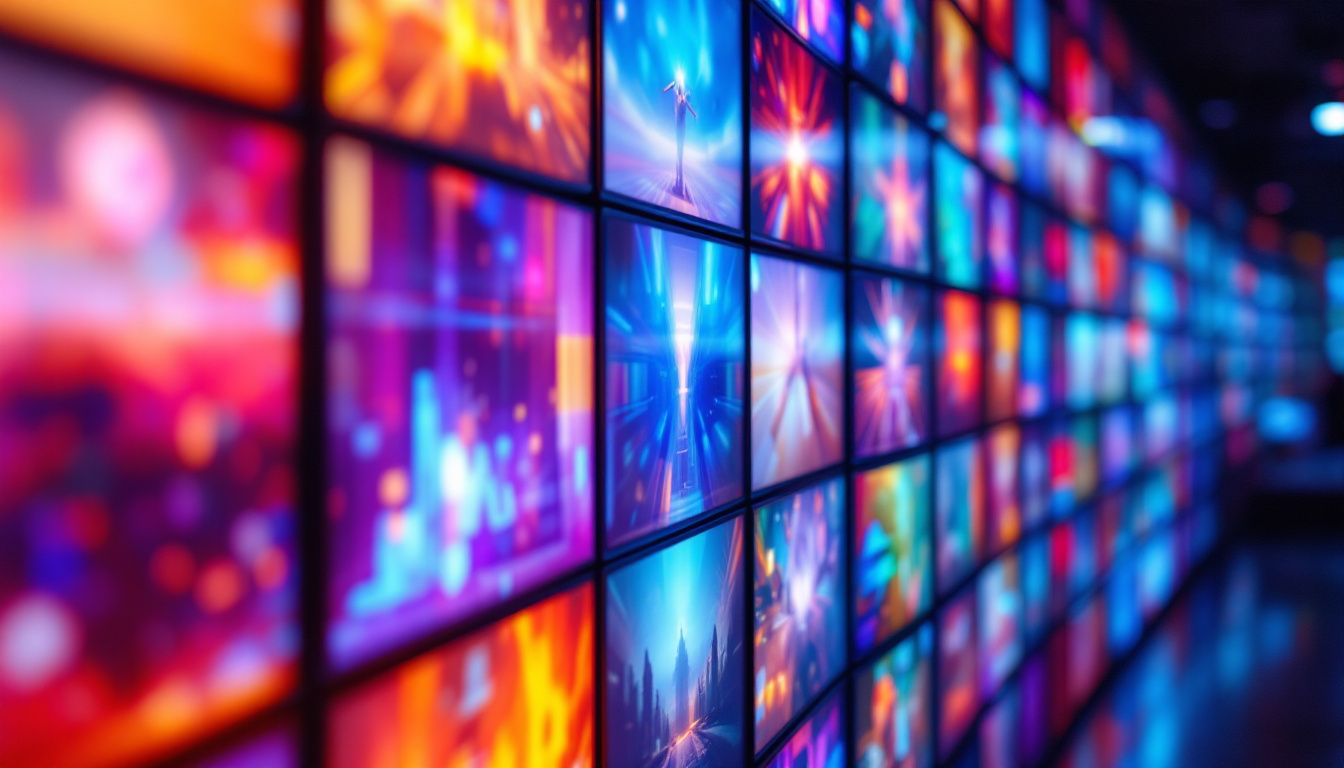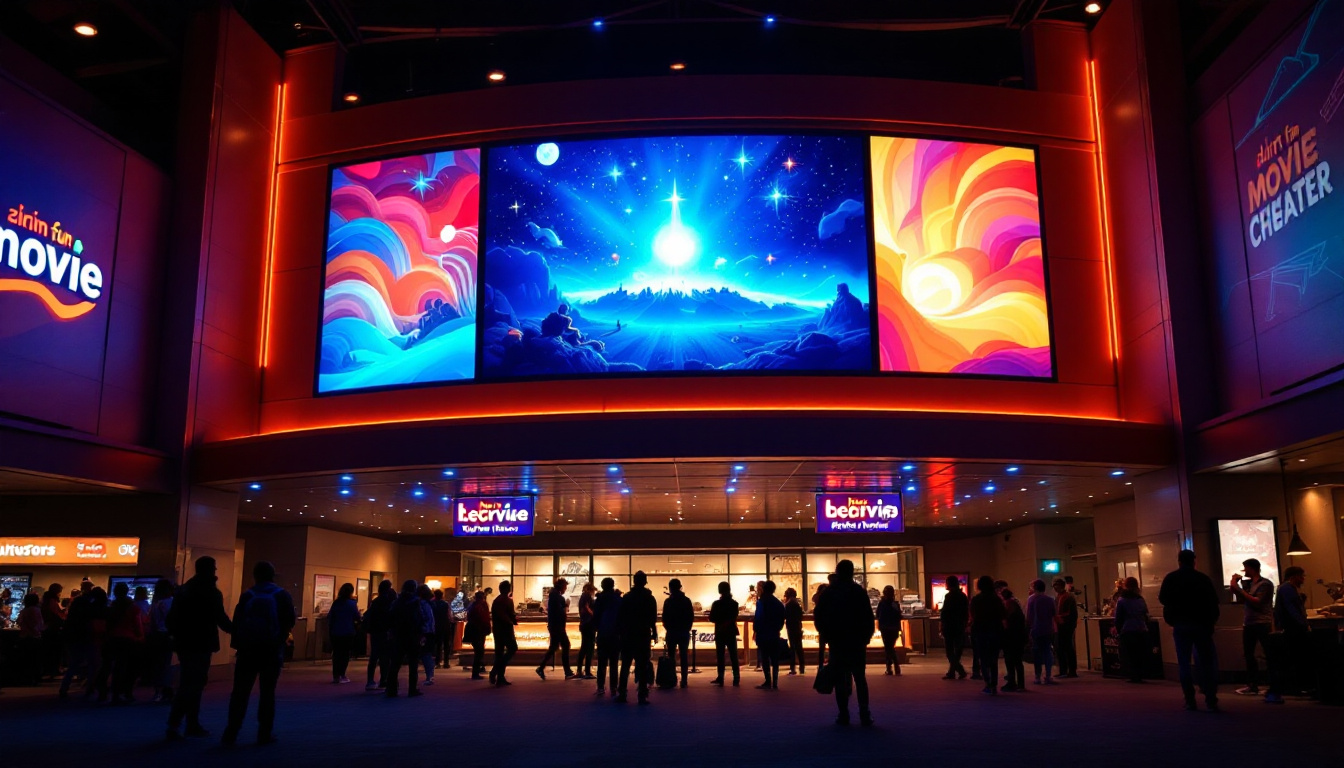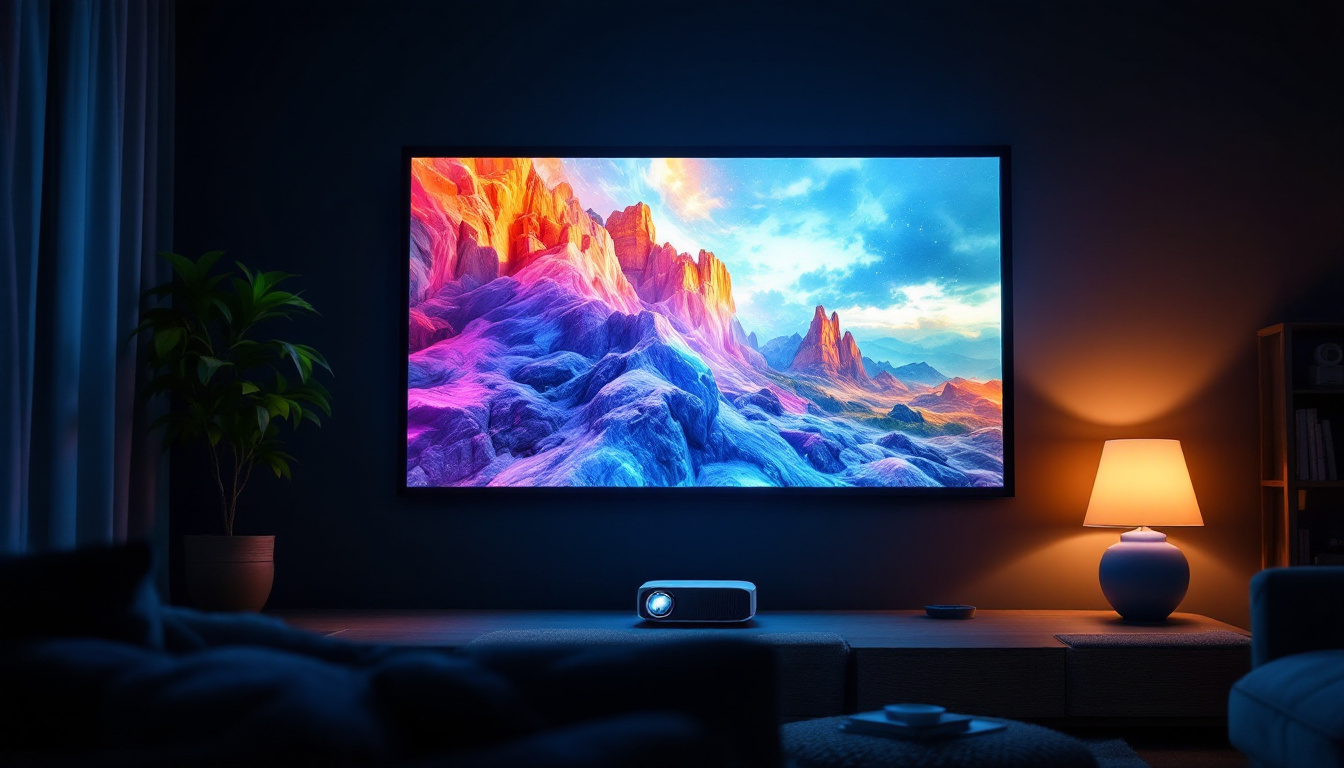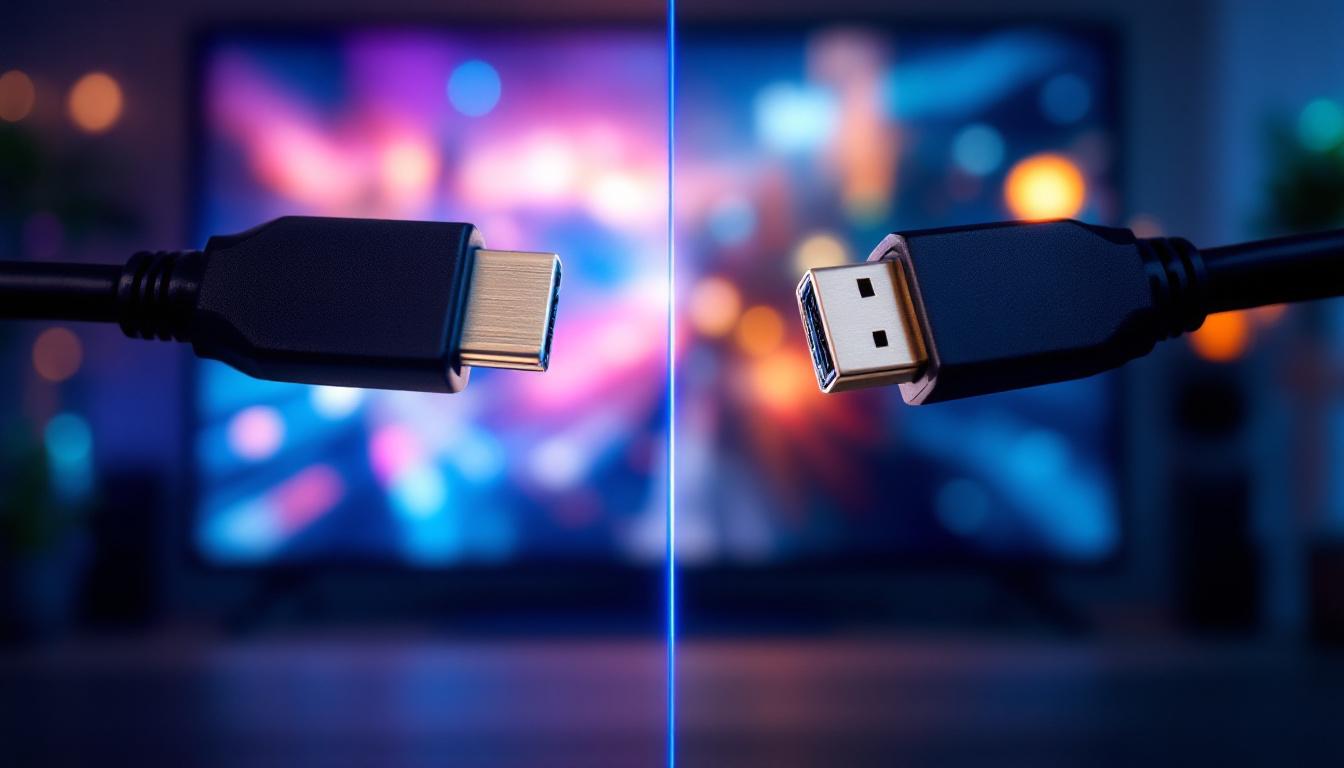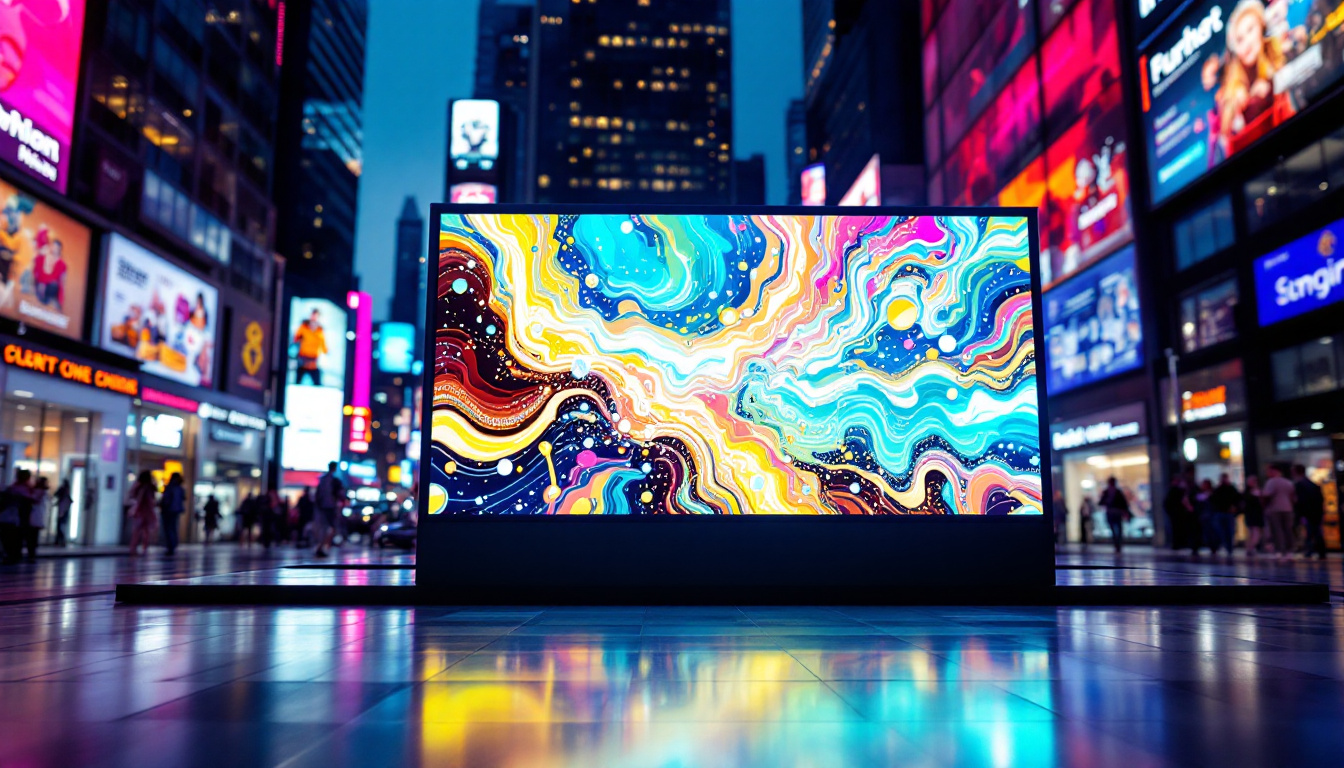In the realm of modern display technology, the terms LCD and LED are frequently mentioned, often leading to confusion among consumers. Understanding what these terms mean and how they relate to one another is essential for making informed choices when purchasing a new television, monitor, or other display devices. This article delves into the intricacies of LCD and LED technologies, their differences, and their respective advantages and disadvantages.
Understanding LCD Technology
LCD, or Liquid Crystal Display, is a technology that utilizes liquid crystals to produce images. These crystals are sandwiched between two layers of glass or plastic, and when an electric current passes through them, they change alignment, allowing light to pass through in varying degrees. This manipulation of light is what creates the images we see on the screen.
One of the key features of LCD technology is its energy efficiency. Compared to older display technologies like cathode ray tubes (CRTs), LCDs consume significantly less power. This efficiency makes them a popular choice for a wide range of applications, from televisions to computer monitors and even smartphones. The reduction in energy consumption not only lowers electricity bills but also contributes to a smaller carbon footprint, aligning with the growing emphasis on sustainability in technology.
How LCDs Work
LCDs operate by blocking or allowing light to pass through the liquid crystals. A backlight, typically made of fluorescent lamps or LEDs, illuminates the screen. The liquid crystals themselves do not emit light; rather, they manipulate the light from the backlight to create colors and images. Each pixel on an LCD screen consists of sub-pixels that can display red, green, and blue colors. By adjusting the intensity of these sub-pixels, a full spectrum of colors can be produced. This intricate process allows for vibrant displays that can render everything from high-definition movies to detailed graphics with remarkable clarity.
Moreover, LCDs can be further classified into two main types: Twisted Nematic (TN) and In-Plane Switching (IPS). TN panels are known for their fast response times and are often used in gaming monitors. In contrast, IPS panels provide better color accuracy and wider viewing angles, making them ideal for graphic design and professional use. Additionally, advancements in technology have led to the development of newer variations, such as Vertical Alignment (VA) panels, which offer deep blacks and high contrast ratios, appealing to both gamers and movie enthusiasts alike.
Advantages of LCD Displays
LCD displays offer several advantages that contribute to their widespread adoption. Firstly, their slim profile allows for sleek designs, making them suitable for various environments, including homes, offices, and public spaces. Additionally, LCDs are less prone to screen burn-in, a common issue with older technologies. This durability extends the lifespan of the displays, making them a cost-effective solution in the long run.
Another significant advantage is their ability to maintain color consistency across different viewing angles, particularly in IPS panels. This characteristic is essential for collaborative work environments where multiple people may be viewing the screen simultaneously. Furthermore, LCD technology has evolved to include features such as anti-glare coatings and blue light filters, enhancing user comfort and reducing eye strain during prolonged use. These enhancements make LCDs not only versatile but also user-friendly, catering to the needs of a diverse audience, from casual viewers to professional users seeking precision and clarity in their displays.
Exploring LED Technology
LED, or Light Emitting Diode, is often used in conjunction with LCD technology. While some consumers mistakenly believe that LED displays are a separate technology, they are, in fact, a type of LCD that uses LEDs as a backlight instead of traditional fluorescent lamps. This distinction is crucial for understanding the advancements in display technology. The transition from older backlighting methods to LEDs has not only improved the quality of images on screens but has also paved the way for innovations in various applications beyond just televisions and monitors.
LED technology has revolutionized the way displays are made, offering significant improvements in brightness, contrast, and color accuracy. The use of LEDs allows for thinner screens and better energy efficiency, enhancing the overall viewing experience. Additionally, the flexibility of LED technology has led to its integration into various devices, including smartphones, tablets, and even large-scale outdoor displays, showcasing its versatility and adaptability to different environments and user needs.
The Two Types of LED Backlighting
There are two primary types of LED backlighting used in LCD displays: edge-lit and full-array. Edge-lit LED displays have LEDs positioned along the edges of the screen, which helps to create a thinner profile. However, this design can sometimes result in uneven brightness and less accurate color reproduction. Despite these drawbacks, edge-lit displays are often favored in ultra-slim models and portable devices where space is at a premium.
On the other hand, full-array LED displays feature a grid of LEDs behind the entire screen. This arrangement allows for more precise control over local dimming, resulting in deeper blacks and improved contrast ratios. Full-array LED displays are generally considered superior in terms of picture quality, although they tend to be bulkier than their edge-lit counterparts. Furthermore, advancements in local dimming technology have made it possible for full-array displays to achieve remarkable levels of brightness and contrast, making them a popular choice for high-end televisions and professional monitors.
Benefits of LED Displays
The benefits of LED displays are numerous. One of the most notable advantages is their enhanced brightness, which makes them ideal for viewing in well-lit environments. Additionally, the improved contrast ratios provided by full-array backlighting lead to a more immersive viewing experience, especially when watching movies or playing video games. This capability to deliver vibrant colors and sharp images has made LED displays a preferred choice among content creators and gamers alike, who demand high fidelity in their visual experiences.
Moreover, LED displays are known for their longevity and durability. The lifespan of LEDs is significantly longer than that of traditional fluorescent backlights, reducing the need for frequent replacements and maintenance. This durability not only translates to cost savings for consumers but also contributes to a more sustainable approach to technology, as fewer devices are discarded over time. Additionally, the energy efficiency of LED displays means they consume less power, further reducing their environmental impact while providing users with a high-quality viewing experience.
Comparing LCD and LED Displays
While LCD and LED technologies are closely related, understanding their differences is essential for making informed decisions. One of the most significant distinctions lies in the backlighting method. Traditional LCDs use fluorescent backlighting, while LED displays utilize light-emitting diodes, resulting in better performance and efficiency.
In terms of picture quality, LED displays generally outperform standard LCDs. The improved brightness, contrast, and color accuracy of LED backlighting contribute to a more vibrant and engaging viewing experience. However, it is important to note that not all LED displays are created equal; the type of backlighting and panel technology used can significantly impact performance.
Price Considerations
When it comes to pricing, LED displays tend to be more expensive than traditional LCDs. The enhanced technology and improved picture quality justify the higher cost for many consumers. However, as technology advances and becomes more widely adopted, the price gap between the two types of displays continues to narrow.
For budget-conscious consumers, traditional LCDs may still offer a satisfactory viewing experience, particularly for basic tasks such as web browsing or casual gaming. However, for those who prioritize picture quality and performance, investing in an LED display is often worth the additional expense.
Choosing the Right Display for Your Needs
When selecting a display, it is essential to consider your specific needs and usage scenarios. For general use, such as browsing the internet or watching standard-definition television, a traditional LCD may suffice. However, for activities that demand high-quality visuals, such as gaming or professional graphic design, an LED display is likely the better choice.
Additionally, consider factors such as screen size, resolution, and connectivity options. Modern displays come in a variety of sizes and resolutions, including Full HD, 4K, and even 8K options. Choosing the right resolution can significantly impact the overall viewing experience, especially for larger screens.
The Future of Display Technology
As technology continues to evolve, so too does the landscape of display technology. Innovations such as OLED (Organic Light Emitting Diode) and MicroLED are emerging as competitors to traditional LCD and LED displays. These technologies offer even greater contrast ratios, color accuracy, and energy efficiency, promising to redefine the viewing experience.
OLED displays, for instance, do not require a backlight, as each pixel emits its own light. This allows for true blacks and a wider color gamut, making them particularly appealing for high-end televisions and professional monitors. MicroLED, on the other hand, combines the benefits of OLED with the durability and brightness of traditional LED technology.
What Lies Ahead
As consumers become more discerning about display quality, manufacturers are likely to continue pushing the boundaries of technology. The integration of artificial intelligence and machine learning into display technology may lead to smarter screens that can automatically adjust settings based on the content being viewed or the ambient lighting conditions.
Moreover, advancements in flexible and transparent displays could open up new possibilities for innovative applications in various industries, from advertising to automotive design. As these technologies develop, the future of display technology looks promising, with exciting possibilities on the horizon.
Conclusion
Understanding the differences between LCD and LED displays is crucial for making informed decisions in today’s technology-driven world. While LCDs have paved the way for modern display technology, LED displays have taken it a step further, offering improved performance, energy efficiency, and picture quality.
As technology continues to evolve, consumers can expect even more advancements that enhance the viewing experience. Whether choosing a display for gaming, professional work, or casual use, being informed about the available options will ensure that the right choice is made for individual needs.
In summary, both LCD and LED displays have their unique advantages and applications. By understanding these technologies, consumers can navigate the complex landscape of display options and select the best solution for their requirements.
Discover Cutting-Edge LED Displays with LumenMatrix
Ready to elevate your visual experience with the latest in LED display technology? Look no further than LumenMatrix, a pioneer in crafting LED display modules that transform any space into a dynamic visual spectacle. Whether you’re in need of an Indoor LED Wall Display for your business, an Outdoor LED Wall Display for events, or any of our specialized solutions like Vehicle LED Displays, LED Sports Displays, or even Custom LED Displays, LumenMatrix has you covered. Embrace the future of visual communication and check out LumenMatrix LED Display Solutions today to see how we can help you make a lasting impression and communicate your message with unparalleled clarity and impact.




